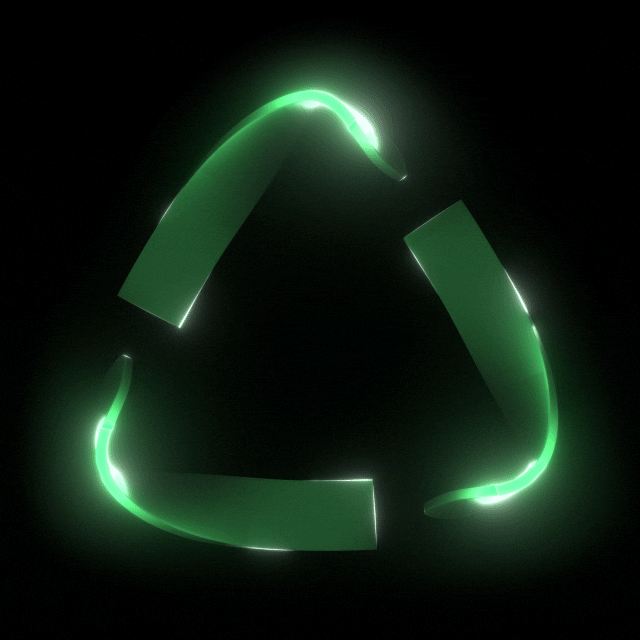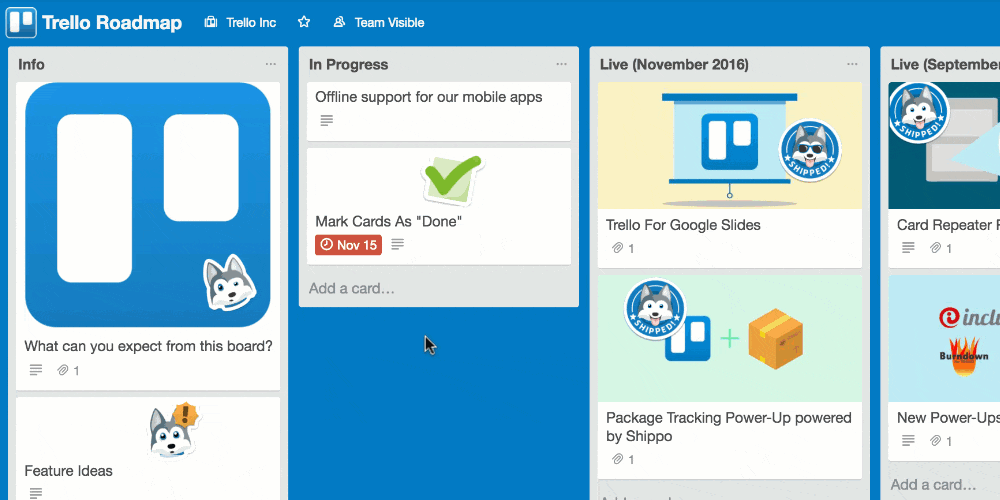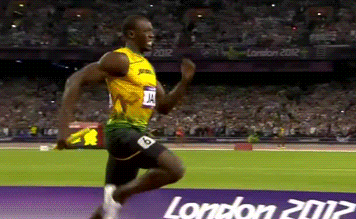My work is sustained when I prioritize connection to myself and my community.

Since August, there's been a ramp up of agenda items, conversations to follow up on and processes to prep for and execute. There are some days that feel like marathons, where I find myself diligently accomplishing things, only to look up and find that the to-do list keeps mounting.
I definitely know the feeling of working in a circle and I'm grateful to have a community to support me when I hit a wall in my work. They never fail to remind me that a healthy day is often tied to healthy routines and healthy boundaries. It's not a coincidence that on days when I feel the most pressure, I'm also not drinking enough water, eating complete meals, or stopping to figure out what I need to self soothe and reset myself. Pushing towards unrealistic timeliness and putting work before my life are exactly the colonial professional standards I have walked away from.
Refocusing my energy on key routines has made the way forward clearer and the work more fun. These are some ways that I create sustainably in this rollercoaster of a season.
I organize all my project management tasks in Trello

There's nothing that slows a project down like an unclear process. Before using Trello, I had notes spread across 17 journals and various apps. Imagine how difficult it was to track what I was working on, which made me feel like I was running on a hamster wheel.
I started using Trello, a web based list-making app, to organize projects and ideas in my consulting work and creative projects, and it supercharged my workflow. I like it because it has a simple and intuitive interface. I like their library of templates, which include boards to manage everything from marketing campaigns to engineering team workflows. On each card, you can break larger tasks down into smaller checklists, assign due dates, roles, and track completion.
Trello notifies you when there is an update to the board, so your to-do items never fall out of sight and out of mind. Usually I hate notifications, but a well timed nudge from Trello has actually helped me to keep my priorities clear this year.
I created a Trello board template for the THC fam you can play with to supercharge your productivity ;)
I break work down into sprints

Working in sprints is part of the AGILE approach to project management that calls for iterations of work. In other words, you build a product by focusing on building one functional part at a time. These sprints can last anywhere from a few days to a few weeks depending on the scope. When I build at Floreo Labs, we like to work in week-long sprints for both small and complex projects. This allows us to
chunk work into manageable parts, which everyone can feel good about. Working in sprints has brought flexibility, patience, and ease to my creative process.
I participate in weekly retros

Every work sprint is followed by a retrospective or retro. A retro is a held at the end of every sprint to review what went well and what needs to improve / happen next. You walk away from a retro knowing what you will work on during the next sprint and it's a great opportunity to revisit goals to know if your progress is aligned to what you are trying to achieve.
At Floreo Labs, we usually start off our retros, which we call "Stand-ups," with Glows, Grows, and Lows from the past week and use the time to share company wide updates. These retros help to create transparency at all levels of our team and they orient us for the week ahead. We participate in the decision making process together and this helps everyone to know how choices are made and where they come from.
I tend to processes, not tasks
I found accelerated growth this year when I took the time to slow down and focus on what my broader goals were. At the top of the year, Cameron Flowers, founder and CEO of Floreo Labs, reminded us that we should manage processes and not people and I applied it across my different workflows.
Breaking down larger goals into all of their smaller parts helps to set each goal in motion. Maybe a project has time sensitive prep work or a robust marketing plan requiring organization, templates, outreach, etc. With all these things out in the open, I can map out sprints and quickly get a plan in motion.
At the Lab, we applied this approach to our company wide processes during our Q1 planning sessions. We made a conscious effort to break down all the processes that allow us to function across all of our departments. For our marketing department, for example, we listed all the major processes that we manage when executing a marketing initiative (shown here).

Then we asked ourselves to take stock of all we had accomplished in each of these buckets. Given what we had accomplished for each, and given our specific yearly goals, we asked: What should each process now look like? What process level changes would move each component further in alignment with our big goals?
We avoid spinning our wheels on a task level and instead can focus on insuring that processes for our major business goals are in working order. This has freed us up to do the high level work of developing our business and the businesses of our community.
A Final Word
The above practices help me to know where I am going and how I plan to arrive. It's up to me, however, to vigilantly paying attention to how I feel along the journey. While these tools and practices have streamlined the way I spend my working hours, perhaps the most impactful practice I am learning is how to communicate and maintain healthy boundaries. This looks very different for different people given that we are each so unique in our lived experiences. Setting strong boundaries for me has looked like getting clear on the scope of work a project entails and acknowledging when I have reached the boundaries of that scope. And planning / communicating accordingly. It's all an iterative process and one that I take joy in creating everyday.

I'm never in a rut for very long because I'm committed to my joy and wellbeing.

